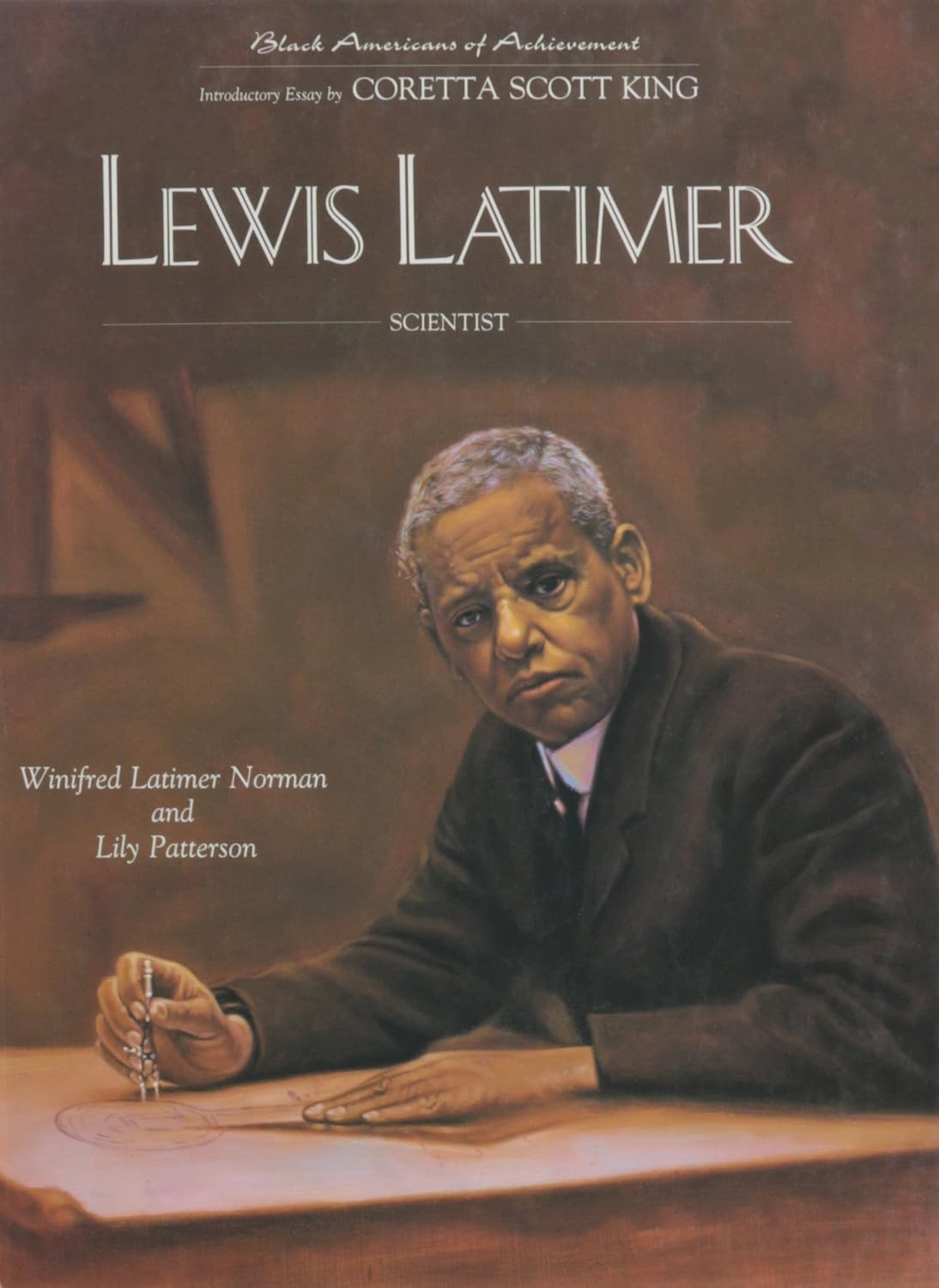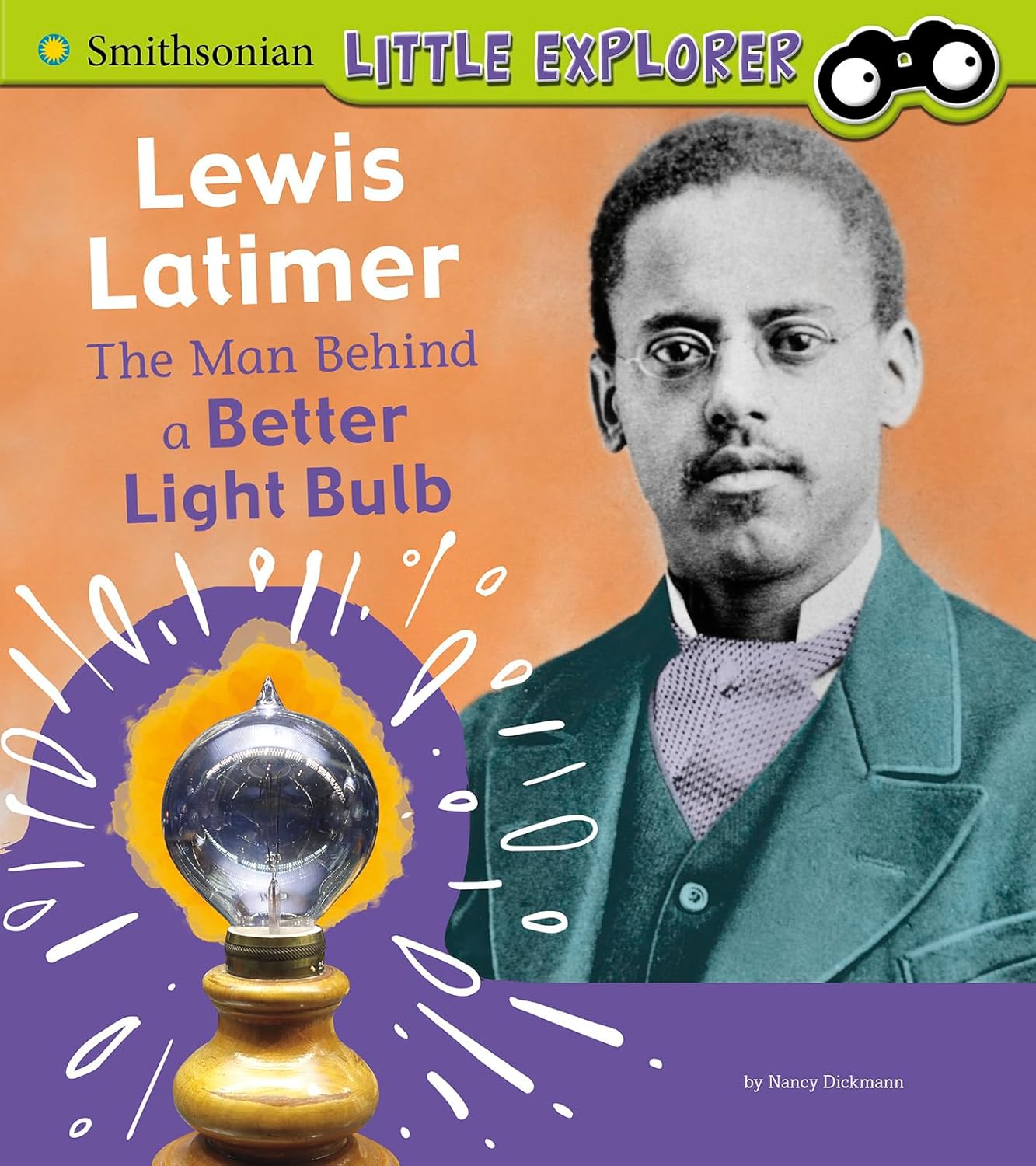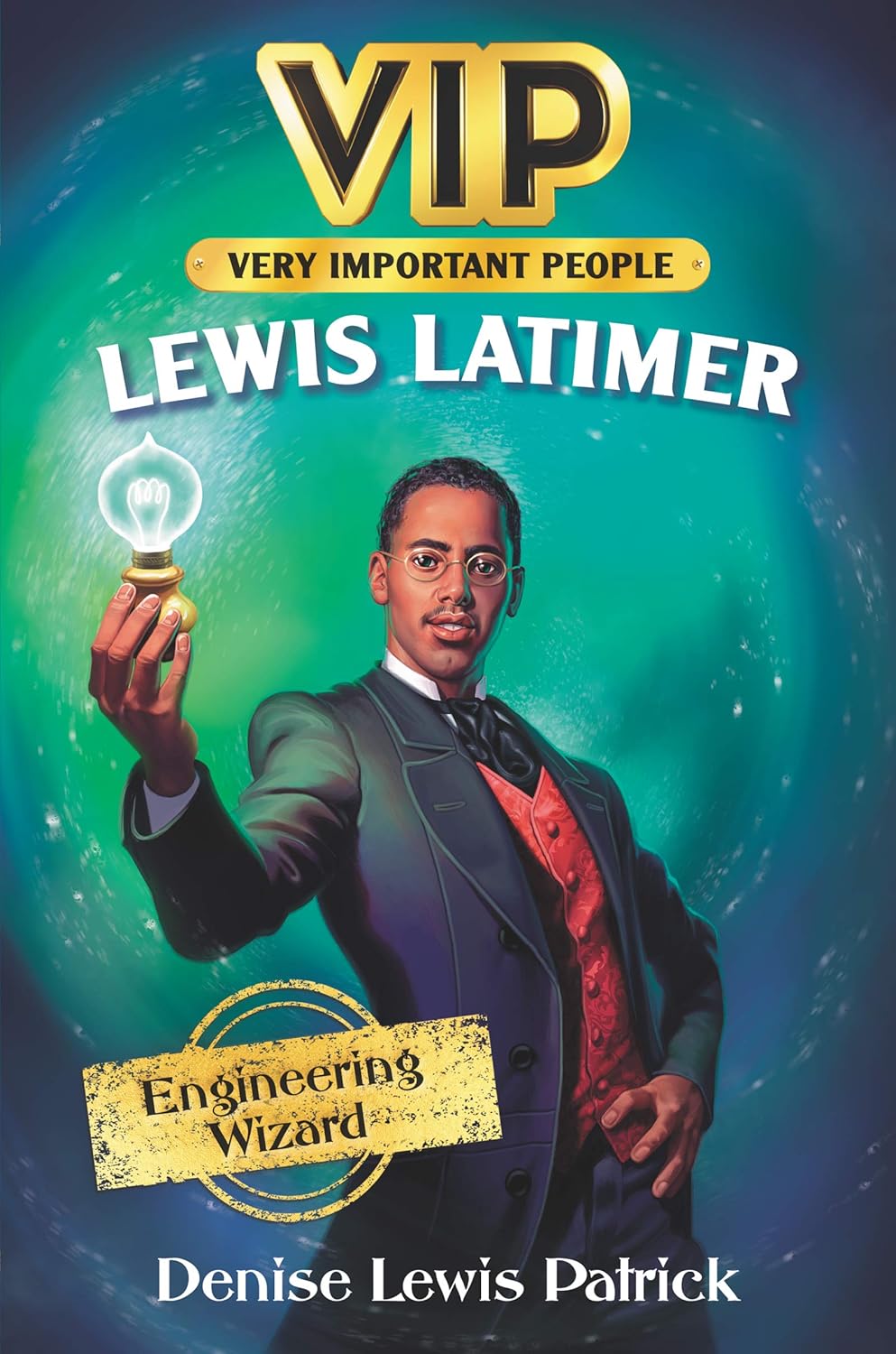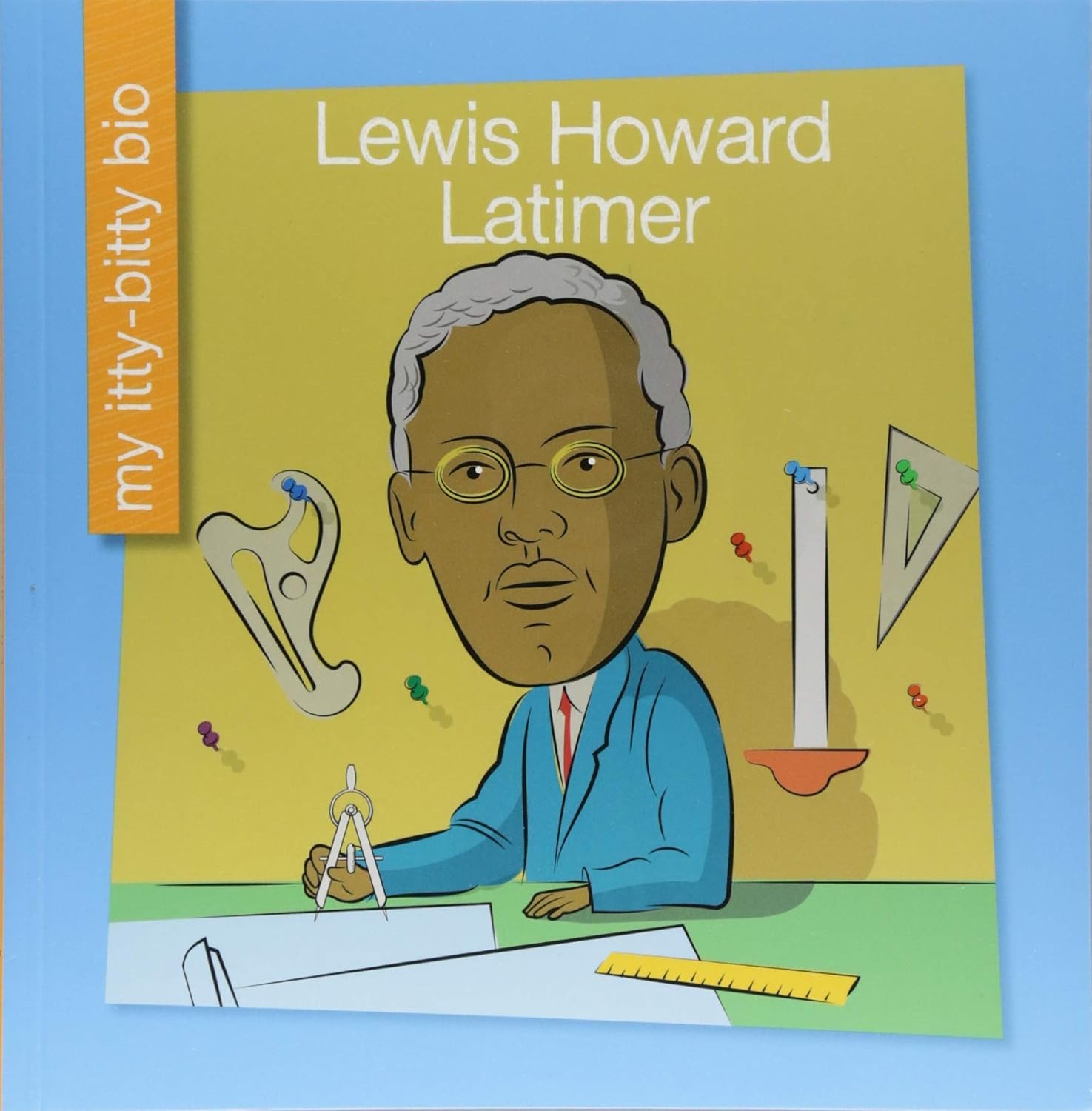Lewis Howard Latimer was an American inventor and patent specialist who lived from September 4, 1848, to December 11, 1928. He created several innovative devices, including a type of air conditioner that uses water vapor, a better way to make light bulb filaments, and a more efficient toilet system for trains. In 1884, Latimer worked as an employee at the Edison Electric Light Company. Today, there’s a special house in Queens, New York City, called the Lewis H. Latimer House, which was once his home. The house is very famous because it’s located near another place called the Latimer Projects, where you can find 34–41 137th Street in Flushing, Queens.

Lewis Howard Latimer was born on September 4, 1848, in Chelsea, Massachusetts, as the youngest of four children. His parents, Rebecca and George Latimer, were both former slaves who escaped to freedom in Virginia before he was born. In October 1842, when Lewis was just a few months old, his parents made another daring move – this time fleeing from slavery to Chelsea, Massachusetts. Unfortunately, their new life wasn’t as safe as they thought, and George was caught by someone who knew him from his past when they arrived in Boston on the same day. He was arrested on October 20, 1842, just a few days after arriving. The whole ordeal made headlines – he got top-notch legal help from notable figures like Frederick Douglass and William Lloyd Garrison. Eventually, George found a way to buy his freedom, and he could live with his family in peace.
When Latimer was growing up, he helped his dad in their family’s barbershop. His brother, Lewis Latimer, also spent some evenings past bedtime helping their dad hang wallpaper.

When Latimer was 10 years old, his mom made a tough decision that would change their lives forever. The Dred Scott case said that slaves needed permission from their owner to be free legally. Before this ruling, many slaves were able to become free by running away to states where they could live without being caught and sold back into slavery.
Latimer’s dad, George Latimer, didn’t have any proof that he was already free, so it’s likely he left his home to keep his family safe.
When his dad couldn’t stay in their home, and his mom had to move away from them too, Lewis and his brothers got to go live on a farm for their education, while his sisters went to live with a relative’s family.
When Lewis Howard Latimer turned 16 years old on September 16, 1864, he joined the U.S. Navy and was assigned to work as a Landsman on the USS Massasoit. After being released from his military service with an honorable discharge on July 3, 1865, Latimer got a job as an office assistant at the patent law firm Crosby Halstead and Gould for just $3.00 per week. There, he learned how to use tools like a square and a ruler to draw designs. Later on, when his boss noticed that Latimer was really good at sketching drawings for patents, he got promoted to be in charge of all the drafting work and earned $20.00 per week by 1872 ($438.59 today).

Lewis H. Latimer married Mary Wilson Lewis on November 15, 1873, in Fall River, Massachusetts. Mary was born in Providence, Rhode Island, to parents Louisa M. and William Lewis. The couple had two daughters, Emma Jeanette and Louise Rebecca. Jeanette got married to Gerald Fitzherbert Norman, a pioneer who became the first African American teacher in New York City’s public schools, and they had two children: Winifred Latimer Norman, a social worker who helped protect her grandfather’s legacy, and Gerald Latimer Norman, who went on to be an administrative law judge.
In 1879, Latimer moved to Bridgeport, Connecticut with his family: his wife Mary, his mother Rebecca, and his brother William. They settled into a neighborhood called “Little Liberia,” which was founded in the early 19th century by African Americans who were free. This community still exists today, with two remaining houses built on their original foundations – the Mary and Eliza Freeman Houses. Other relatives of Latimer already lived in the area, including his brother George A. Latimer, Jane, Margaret, Augustus T. Hawley, and their kids. Mary passed away in Bridgeport in 1924.

Latimer made some important inventions and worked on technical projects in 1874. At that time, he developed a better toilet system for trains with his partner Charles M. Brown. They called this new system the Water Closet for Railroad Cars and it received a special patent from the US government.
In 1876, Alexander Graham Bell hired someone named Latimer from his own company’s drawing department to create the illustrations needed for Bell’s telephone invention so that it could be patented.
In 1879, Latimer moved to Bridgeport, Connecticut, where he was employed as an assistant manager and draftsman for a company owned by Hiram Maxim, who was a competitor of Thomas Edison’s work. During his time there, Latimer created a new method to make carbon filaments that aimed to prevent the breakage of the filaments during the manufacturing process. This improvement involved placing empty filament blanks inside a cardboard package while the filaments were being made. Later, on a trip to England to represent Maxim’s light company, Latimer taught the entire production process for making Maxim lights, including glassblowing, over the course of 9 months to get the factory up and running.
In 1884, this person was asked to join forces with Thomas Edison. In addition to his collaboration with Edison, they were in charge of turning raw data into usable German and French versions, as well as collecting all the information.

Latimer created an early prototype of what would eventually become an air conditioner. He invented a device that could cool and sanitize the air, laying the groundwork for modern air conditioning systems.
In 1894, Latimer developed an idea for a safer elevator that kept passengers safely inside the car at all times.
After the Board of Patent Control broke up in 1924, Latimer continued working with Hammer and Schwartz until he decided to stop working.
On February 11, 1918, Lewis Latimer became part of the Edison Pioneers team. He made history by being the very first person of color to be accepted into the group of 100 pioneers.
Light bulb inventor Latimer got two patents – one on September 13, 1881, and another on January 17, 1882. His first patent was for a way to put carbon filaments into electric lamps. The second patent was about making carbon filaments that wouldn’t break easily during the manufacturing process. To make this happen, Latimer used a special trick: he wrapped the filaments in a cardboard envelope before putting them together with the wires.
The Edison Electric Light Company in New York City hired Latimer in 1884 to work as an engineer and expert in court cases involving electricity. While working for Edison, Latimer wrote a book about electric lighting called Incandescent Electric Lighting (1890), which became the first book on its subject. He also helped set up public light fixtures in major cities like New York, Philadelphia, Montreal, and London.
When the company merged with Thomson-Houston Electric Company in 1892 to become General Electric, he stayed on in the law office part of the business.
In the year 1911, he started helping lawyers figure out how to use patents in their cases.
Leave a Reply